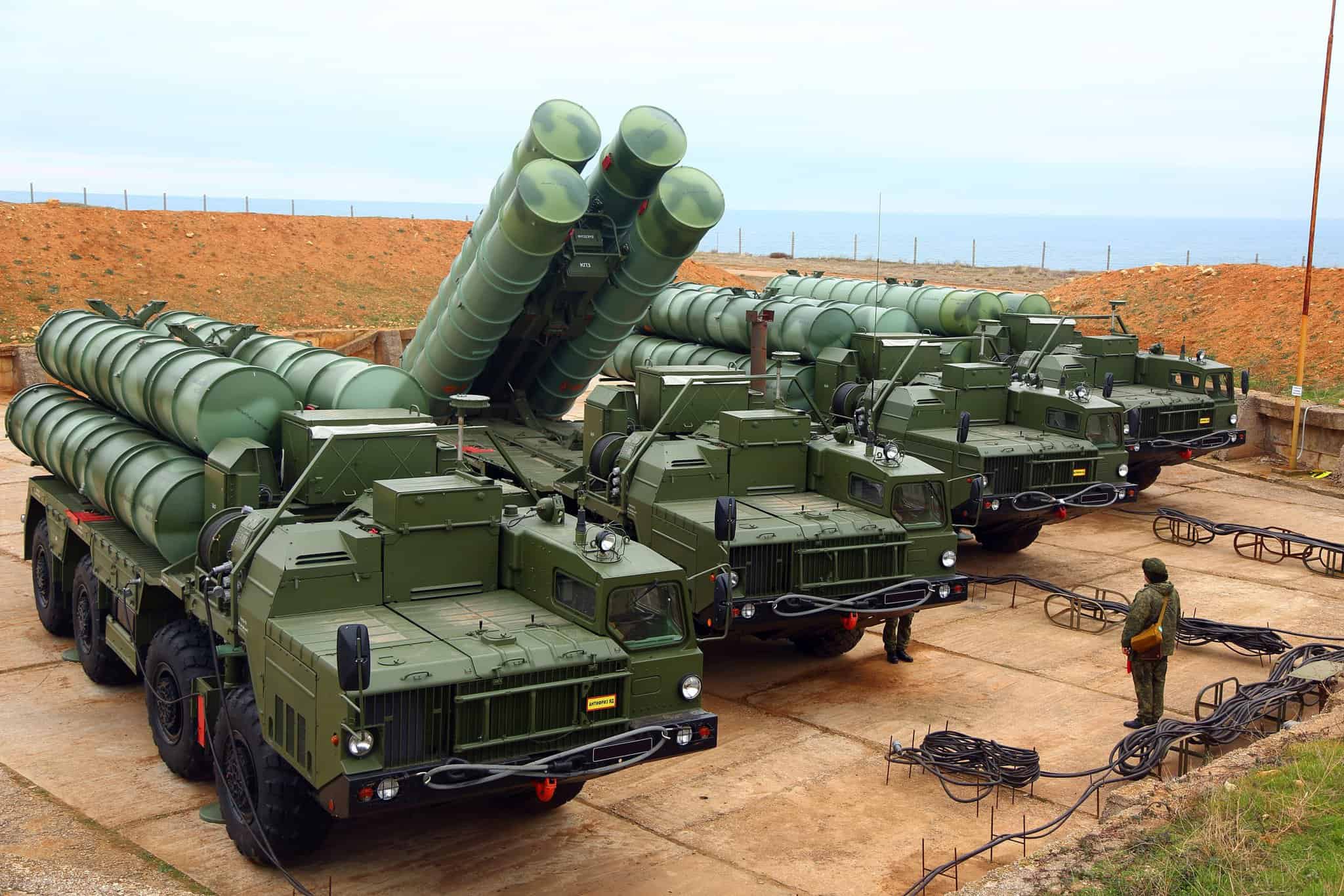- Stellantis partners with Zeta Energy Corp. to develop lithium-sulfur batteries, aiming for revolutionary advancements in EV technology by 2030.
- New battery technology promises lighter, slimmer, and more efficient batteries, enhancing vehicle range and reducing production costs.
- Emphasizing sustainability, the batteries will utilize waste materials, reducing carbon emissions significantly.
- Strategic focus on securing a robust supply chain in North America or Europe to ensure stability in production.
- By positioning themselves at the forefront of innovation, Stellantis and Zeta Energy seek to achieve carbon neutrality by 2038, setting a new standard in electric mobility.
In a bold leap for the electric vehicle (EV) landscape, Stellantis joins forces with Zeta Energy Corp. to unlock the potential of lithium-sulfur batteries, setting a new standard for EV technology. Their mission? To lead the charge in revolutionizing battery efficiency by 2030.
Imagine batteries that are slimmer, lighter, and stronger. This partnership promises exactly that. These next-gen lithium-sulfur batteries will not only reduce weight but also push the boundaries of vehicle range, a game-changer for drivers seeking more miles on a single charge. By cutting costs in production, Stellantis aims to make these advancements accessible to more consumers, reshaping the cost dynamics of the EV market.
Green innovations take center stage. The eco-friendly focus is evident as these batteries will utilize waste materials and methane, slashing carbon emissions and aligning with the global push towards sustainable technology. This commitment to the environment reflects a broader trend in the auto industry where efficiency meets sustainability.
Ensuring a robust and reliable supply, Stellantis intends to anchor its supply chains in North America or Europe, minimizing risk and ensuring security in battery production. This strategic choice not only strengthens operations but also mirrors the industry’s shift towards regionalized supply solutions.
Lastly, as global competitors sprint towards similar technological frontiers, this collaboration is set to position Stellantis and Zeta Energy at the forefront of a cleaner, more efficient automotive future. By 2038, Stellantis aims to achieve carbon neutrality, promising a brighter, more sustainable horizon for electric mobility. Keep your eyes on these industry trailblazers as they strive to redefine the EV world.
Revolutionizing Electric Vehicles: The Future of Lithium-Sulfur Batteries
How are Stellantis and Zeta Energy Corp transforming the electric vehicle industry with lithium-sulfur batteries?
The collaboration between Stellantis and Zeta Energy Corp is poised to revolutionize the electric vehicle sector by harnessing the potential of lithium-sulfur batteries. These advanced batteries are not only lighter and slimmer than traditional lithium-ion varieties but also boast a higher energy density. This means a significant increase in the range of electric vehicles, allowing drivers to travel further on a single charge. The reduced weight and enhanced efficiency of these batteries make for a game-changing development in EV technology. Additionally, by employing waste materials and methane in their production, they contribute to a greater reduction in carbon emissions, advancing efforts toward global sustainability.
What are the cost implications for consumers with the new lithium-sulfur battery technology?
One of the critical objectives of the Stellantis-Zeta partnership is to lower production costs, making these cutting-edge batteries more economically accessible to consumers. By utilizing abundant and cost-effective materials, the production process is significantly cheaper compared to conventional lithium-ion batteries. This price reduction is anticipated to democratize electric vehicles, potentially lowering the entry barrier for a broader consumer base and potentially sparking increased adoption rates in the EV market. These advancements not only shift the dynamics of pricing within the industry but also align with a broader movement towards affordable sustainable technology.
How does the partnership between Stellantis and Zeta Energy contribute to environmental sustainability?
The partnership underscores a firm commitment to environmental sustainability, a paramount goal in today’s automotive industry. The production of lithium-sulfur batteries involves the use of waste materials and methane, which drastically cuts down the carbon footprint associated with battery manufacturing. By anchoring supply chains in North America or Europe, Stellantis ensures a stable, secure, and lower-risk production environment, further enhancing the sustainability of their operations. This strategic alignment with eco-friendly practices propels Stellantis and Zeta Energy to the forefront of sustainable innovation in the automotive sector, positioning them as leading advocates for a cleaner, more sustainable future in electric mobility.
For more insights into these innovations, visit the following links:
– Stellantis
– Zeta Energy Corp.


















